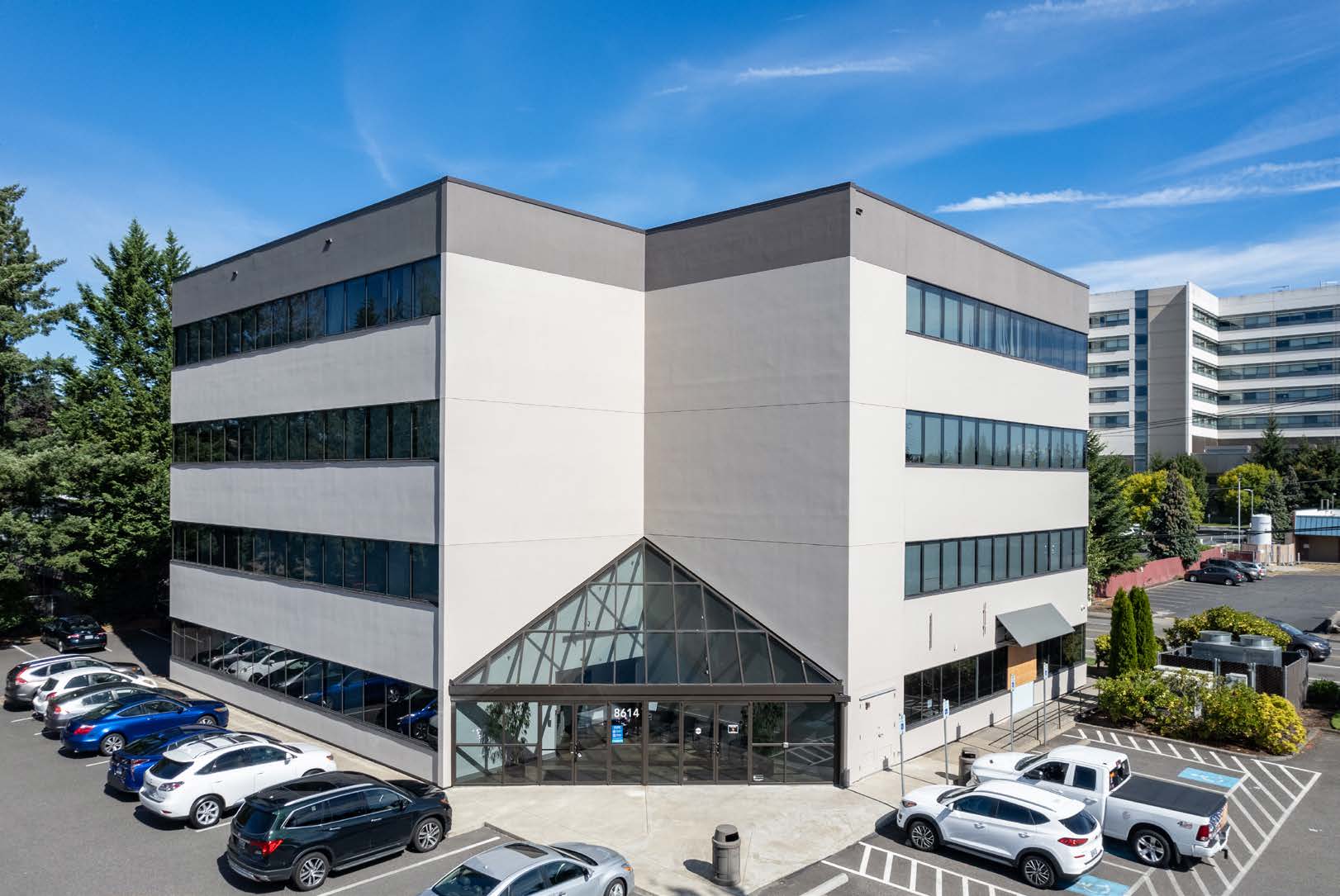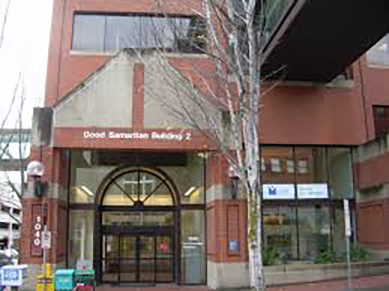Endoscopy consists of the use of flexible cameras to view the inside of your intestines. With advancements in fiber optic technology, endoscopy has evolved over the past two decades from basic screening procedures to complex surgical interventions, without the need for incisions. Our providers offer advanced endoscopic therapies for a wide variety of gastrointestinal diseases.
For these procedures, sedation is given, either by the surgeon or by an anesthesiologist. Most are outpatient procedures, meaning that you go home the same day.
Upper Endoscopy
Upper endoscopy or EGD (esophagogastroduodenoscopy) is a procedure where a flexible camera is placed through the mouth, down the esophagus, and into the stomach. The beginning of the intestines can also be evaluated. During this procedure, biopsies can be taken of the lining of the esophagus and stomach to look for ulcers, bacteria, or cancer. The stomach can also be evaluated for any hiatal hernia.
Colonoscopy
During a screening colonoscopy, your surgeon will insert a long colonoscopy to inspect the inside of your colon. If any polyps or growths are seen, they are removed or a biopsy is taken. A bowel prep is required before a screening colonoscopy, so your surgeon has a clear view of the lining of the colon.
Per Oral Endoscopic Myotomy (POEM)
For patients with achalasia or other gastric outlet obstructions, a POEM can help open the muscle between their esophagus and stomach. A POEM is performed in the operating room under general anesthesia. A tunnel is made in the layers of the esophagus, and the muscle of the esophagus is cut. Then the opening of the tunnel is closed with clips. You will typically stay overnight in the hospital after this procedure.
Per Oral Pyloromyotomy (POP)
For patients with gastroparesis or slow stomach emptying, a POP can help open the muscle at the bottom of the stomach. This procedure is performed in the operating room under general anesthesia. A tunnel is made in the layers of the stomach, and the pylorus muscle is divided. The tunnel is then closed with clips. You can typically go home the same day as the procedure, although it may take several weeks to notice an effect after POP due to swelling.

